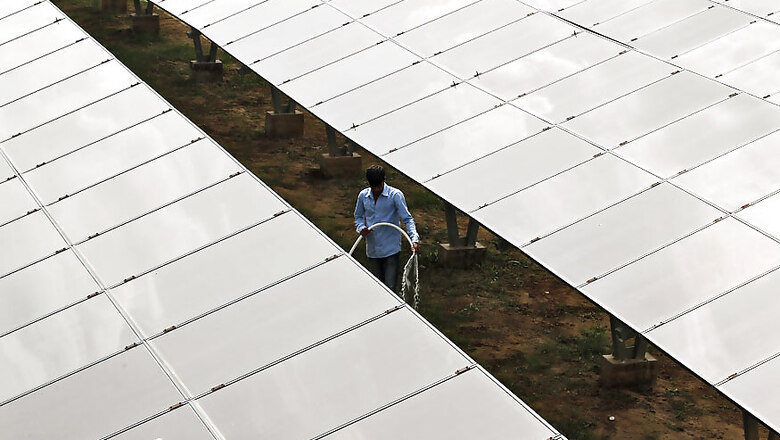
views
Boston: MIT scientists have developed an inexpensive, solar-powered water treatment system for rural Indian villages, which lack affordable potable water and electricity.
The researchers have designed, built and tested their prototype system, and their next step is to implement it in a village outside of Hyderabad. They found that thousands of people in the Mhasawad village in Maharashtra regularly drink water with a salinity level above 1,200 parts per million (ppm). The World Health Organization (WHO) recommends levels under 600 ppm.
"Excessive salt intake can be quite detrimental to one's health, both in the short and long term," said Maulik D Majmudar, a cardiologist at Massachusetts General Hospital.
In order to design a water treatment system that was affordable and would actually work in the context of rural Indian villages, assistant professor Amos Winter, and PhD candidate Natasha Wright first tried to develop an in-depth understanding of the problem by talking directly to the residents themselves.
"I realized that everyone was complaining about salt, even though I never even asked about it. They said it tastes bad, leaves marks on their pots and pans, and makes their stomachs hurt," Wright said.
Wright and Winter believe that by designing a community system that can provide tasty, desalinated water at an affordable price, all villagers will be more likely to consistently drink water that is clean and healthy, even if they have to pay for it.
RO (reverse osmosis) systems, installed in many villages, work by utilizing a high-pressure pump to push water through a membrane; the saltier it is, the more energy that is required to move the water through.
The problem is that after the first pass through an RO membrane, the now-pure water has been removed and what is left is concentrated saltwater. It requires even more power to move this water through the membrane - so much more that the cost of the power outweighs the benefits, and manufacturers forgo a second pass to keep the costs down. This leads to wastage of water.
The researchers instead chose electrodialysis reversal (EDR), because at the area's typical salinity level of 500 to 2,000 ppm, it requires 25 to 70 per cent less energy than RO and can recover more than 90 per cent of the feed water.
They then replaced grid electricity with solar power, decreasing operational and capital costs at the same time. Since EDR uses stacks of exchange membranes that only have to be replaced every 10 years, and that don't require any filters, they cut down on the maintenance costs by eliminating the need to replace membranes or filters often, researchers said.



















Comments
0 comment